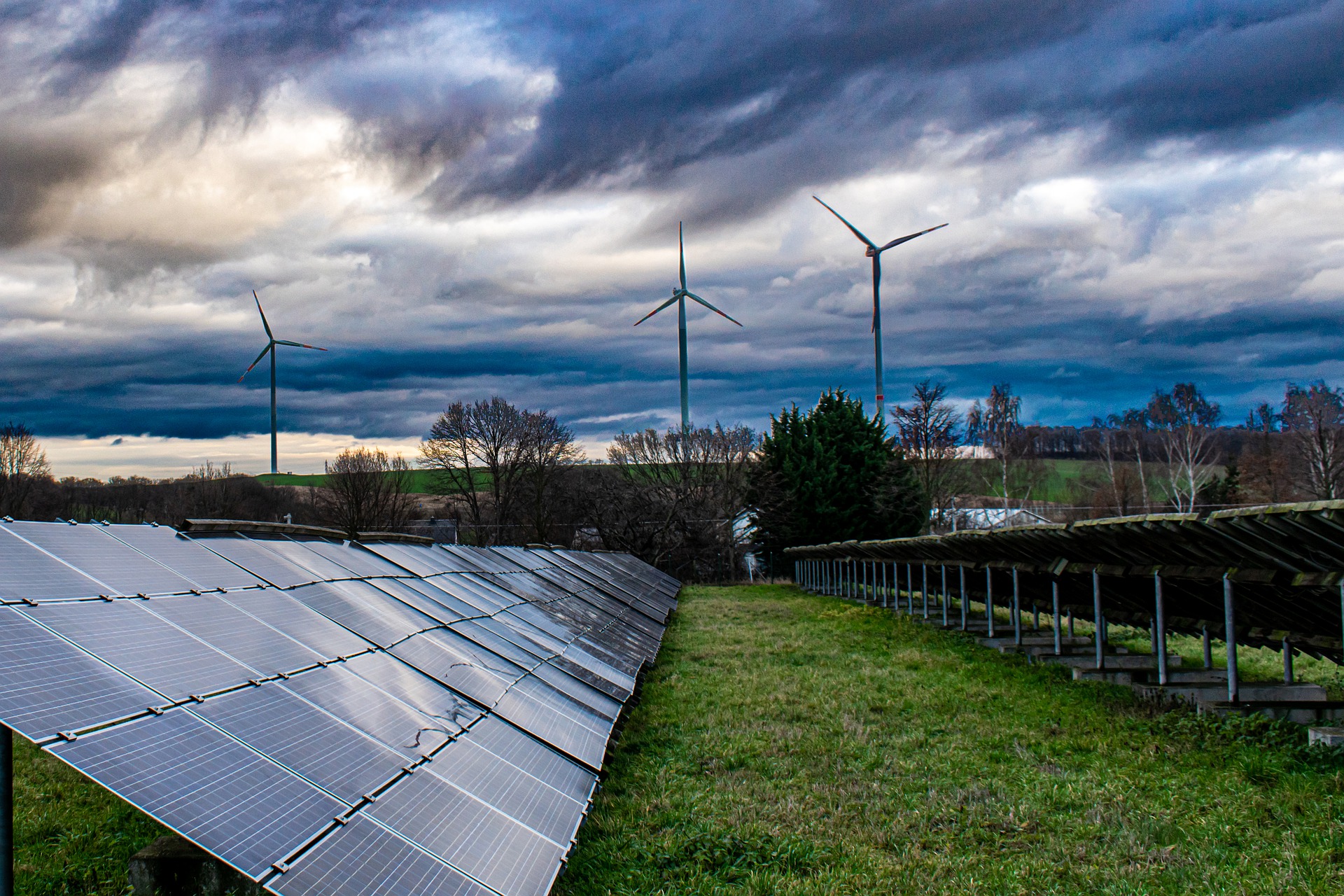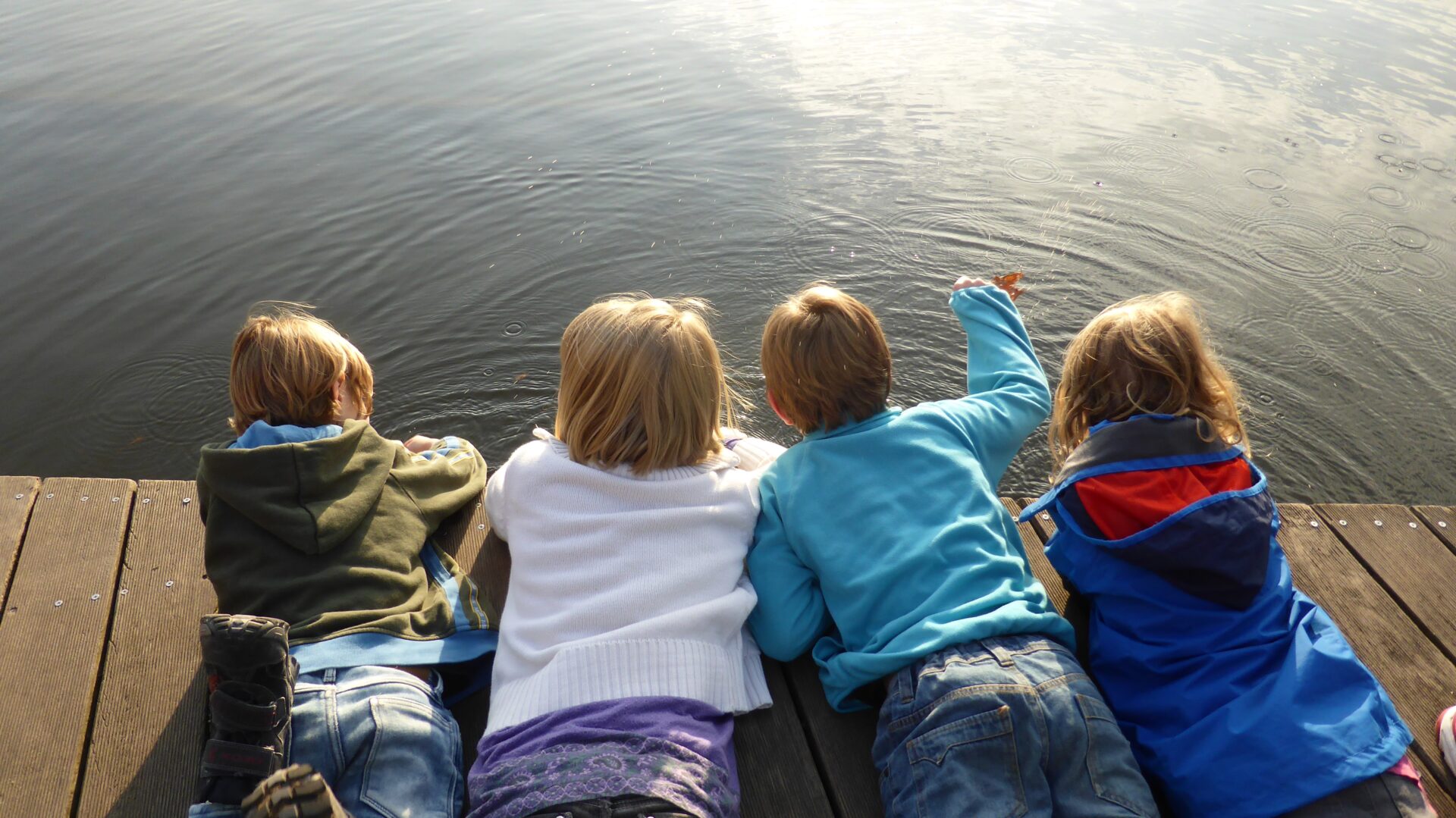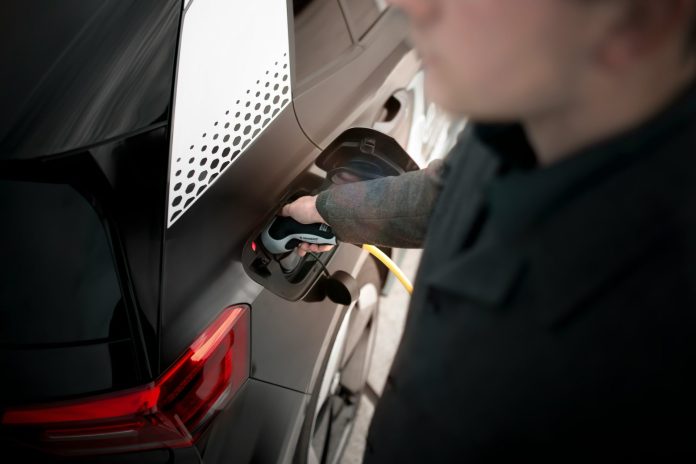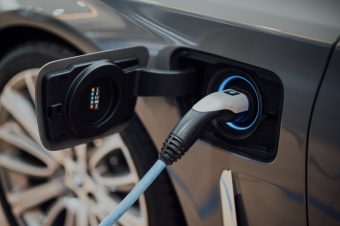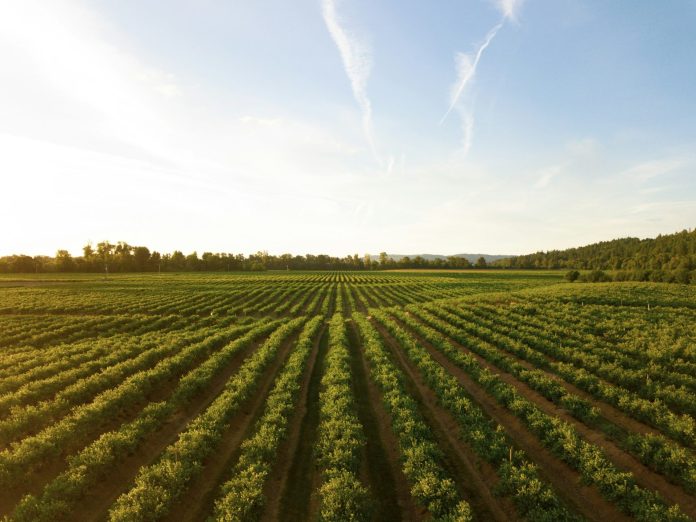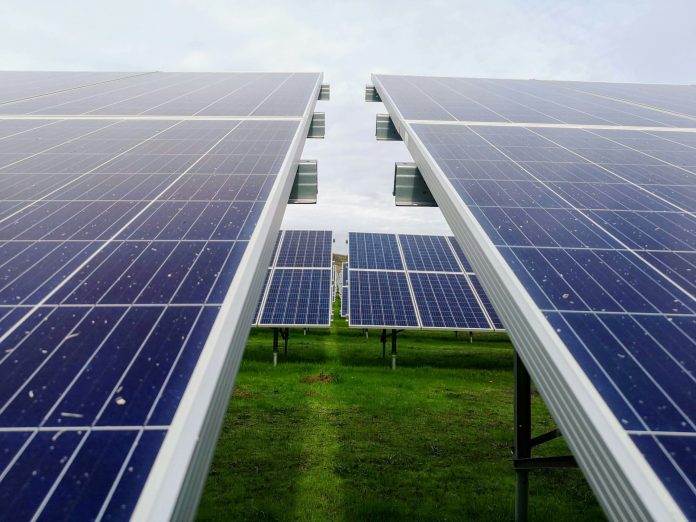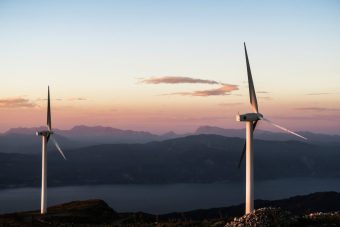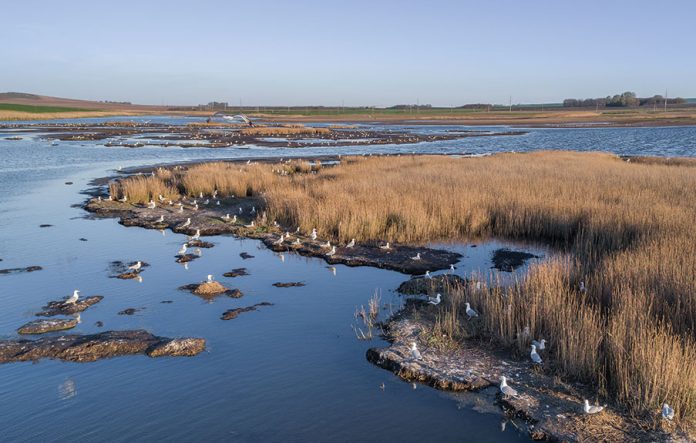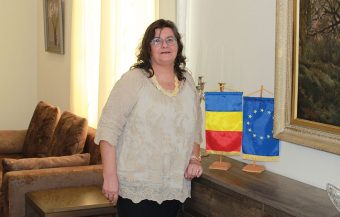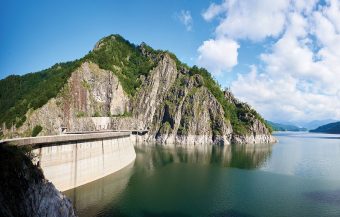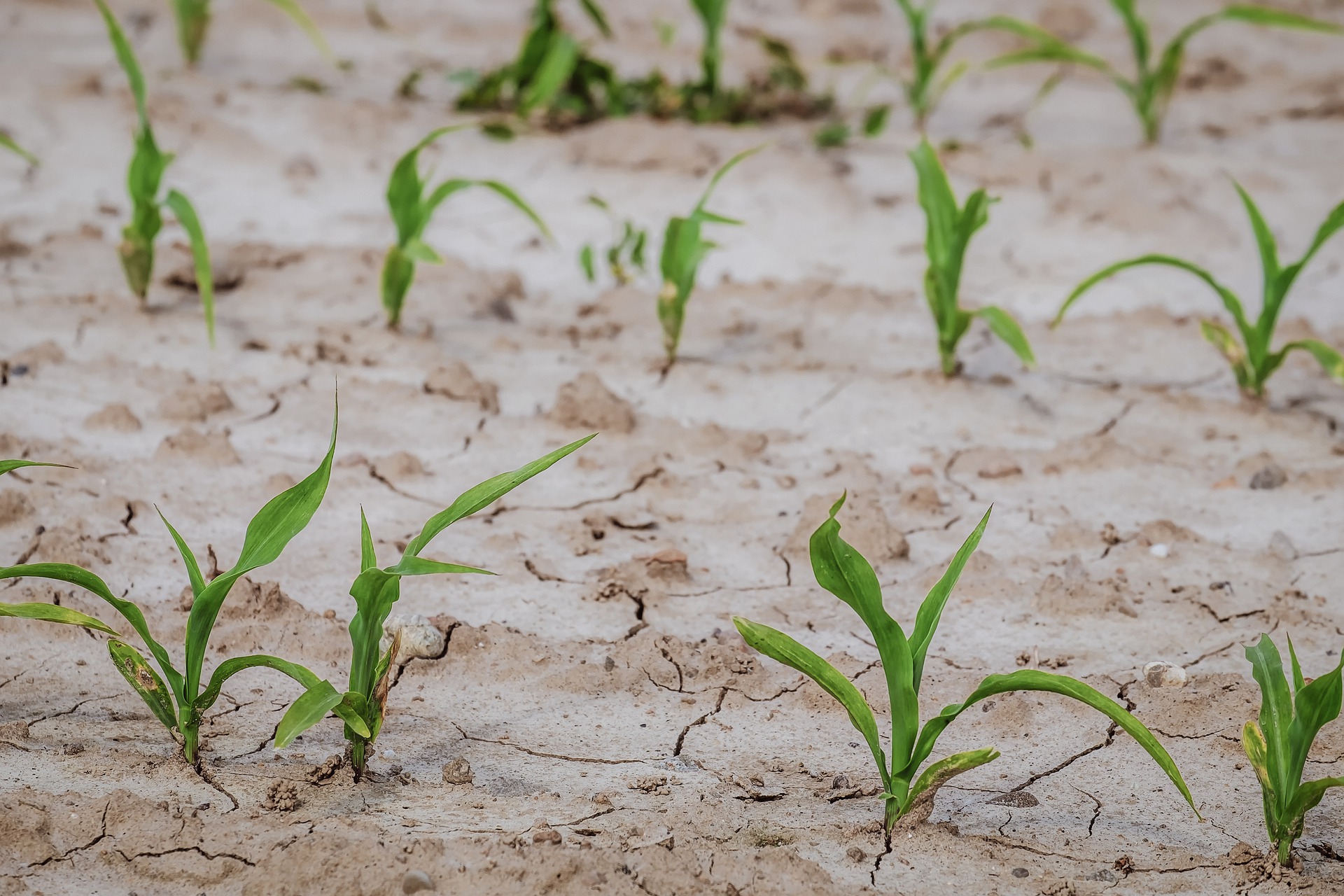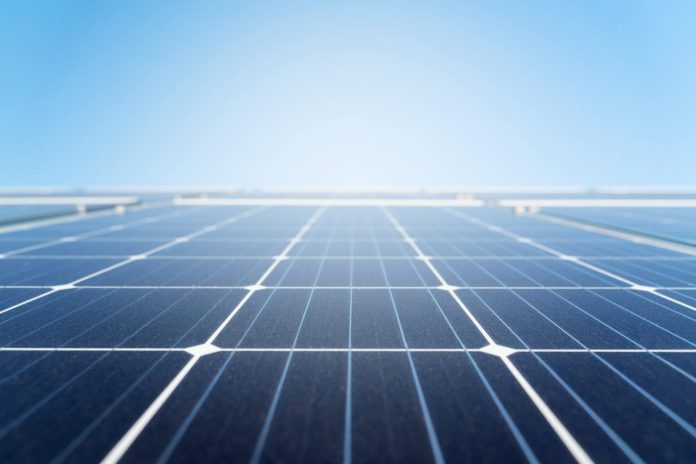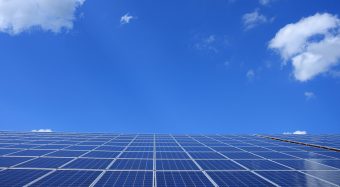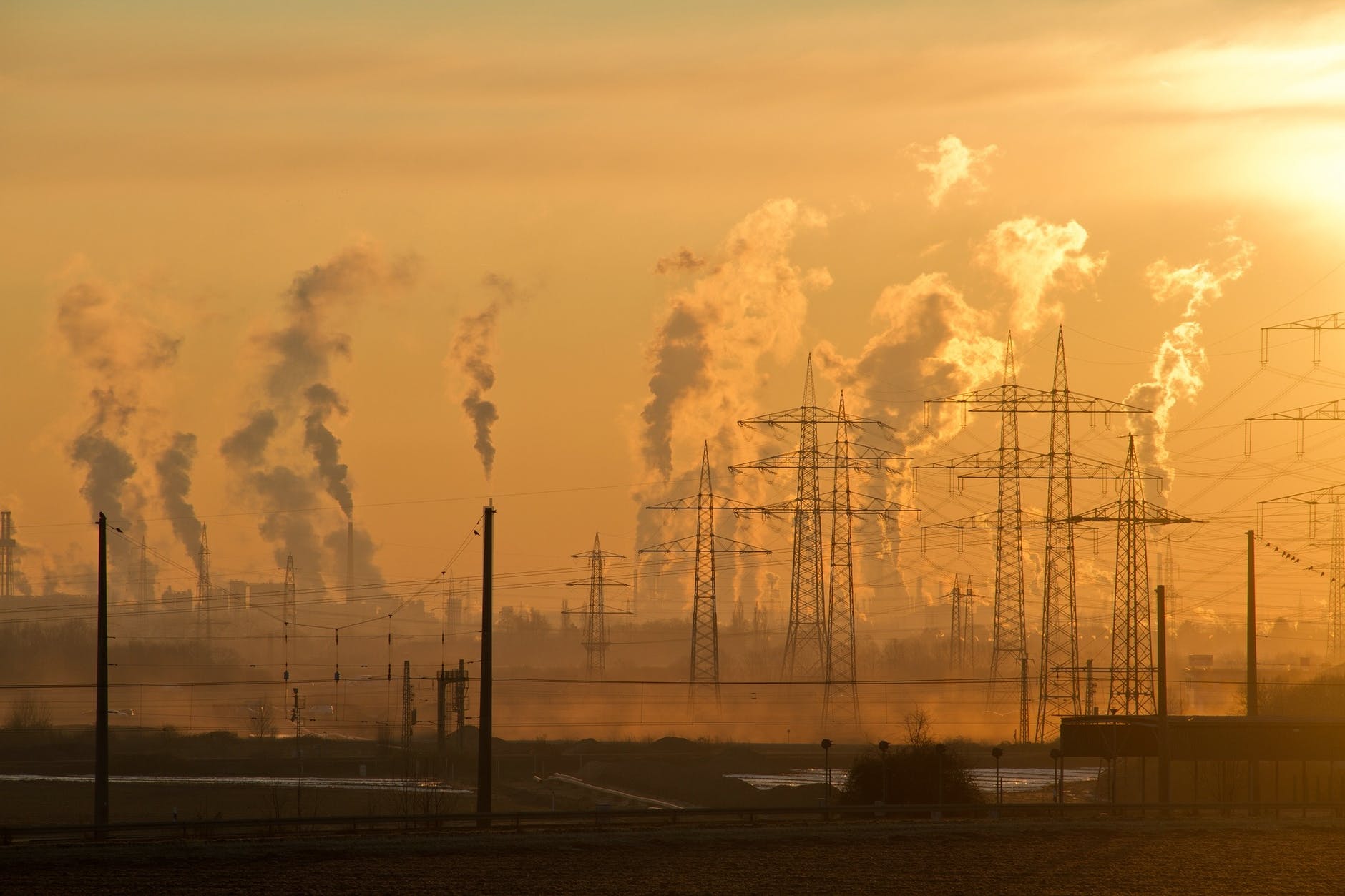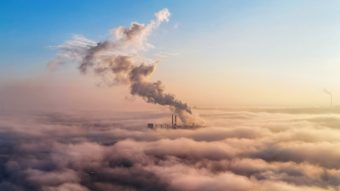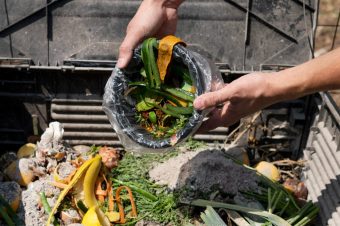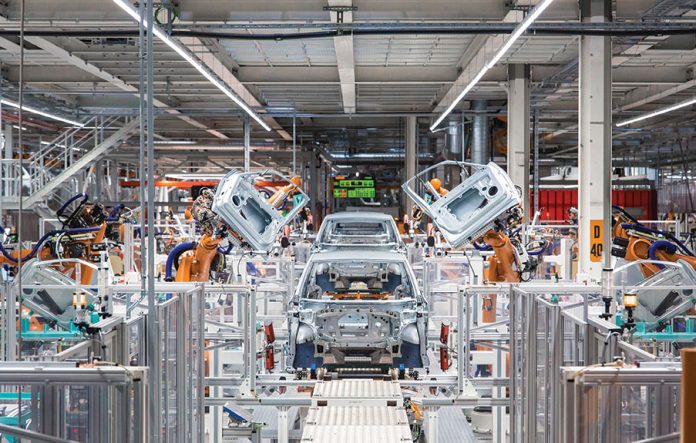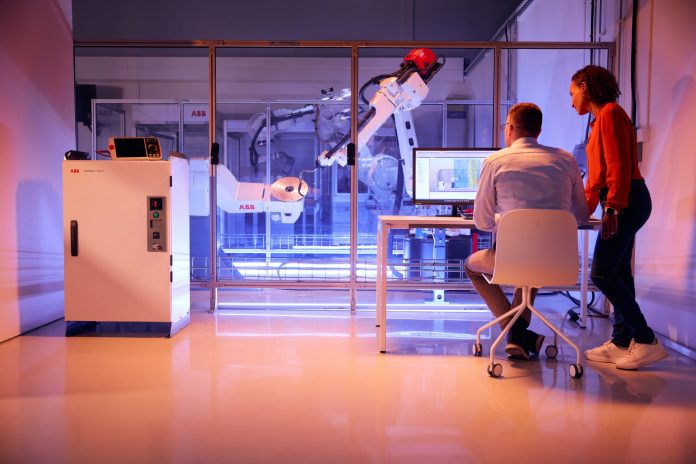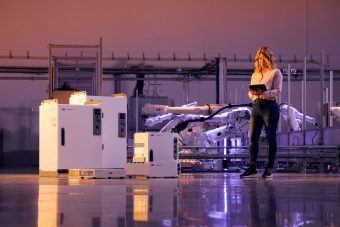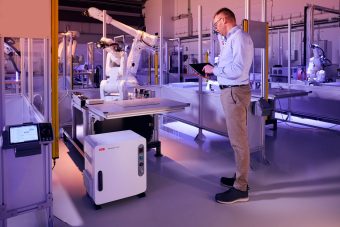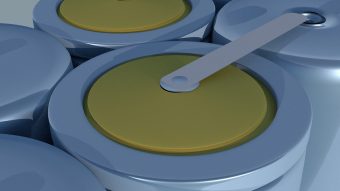
Latest analysis from SolarPower Europe reveals that, in 2023, Europe installed 17.2 GWh of new battery energy storage systems (BESS); a 94 per cent increase compared to 2022. This marks the third consecutive year of doubling the annual market.
By the end of 2023, Europe’s total operating BESS fleet reached around 36 GWh. The residential segment accounted for 63 per cent of this capacity, followed by large-scale battery systems (21 per cent), and commercial & industrial systems (nine per cent).
Germany led the market with 34 per cent of the European market share in 2023, followed by Italy (22 per cent), and the United Kingdom (15 per cent).
Although deployment is expected to continue to grow in 2024, projections still fall short of the estimated 200 GW of battery power capacity needed by 2030 to unlock the EU’s solar potential. Battery storage faces obstacles across Europe, including missing targets, insufficient market signals, double taxation, and restrictive grid policies for hybrid renewable installations.
More:
- CAN HEAVY INDUSTRY RELY ON SOLAR ENERGY?
- INDIA IS THE THIRD COUNTRY IN THE WORLD IN TERMS OF SOLAR ENERGY PRODUCTION
- NEW AGRISOLAR DIGITAL MAP PRESENTS OVER 200 PROJECTS ACROSS EUROPE
“Growing battery storage and flexibility represents a fundamental shift from our current grid-centric view of the market. It impacts not only the way we plan infrastructure and the way we operate the system, but also the markets we engage with. The new Electricity Market Design (EMD) legislation lays the groundwork for a more robust energy policy. We need to urgently implement these measures and call on the European Commission to report on the EMD implementation ahead of the first Energy Council in 2025”, said Walburga Hemetsberger, CEO of SolarPower Europe.
In tandem with solar PV, growth was predominantly propelled by home batteries. In the wake of the energy crisis, European citizens turned to batteries to build their energy self-sufficiency. The residential segment led deployment with 70 per cent of the annually installed BESS capacity, followed by large-scale battery systems at 21 per cent, and commercial & industrial systems at 9 per cent.
2023 marks the third consecutive year of doubling the annual market, with total battery storage capacity reaching 35.9 GWh by the end of 2023.
Source: SolarPower Europe

